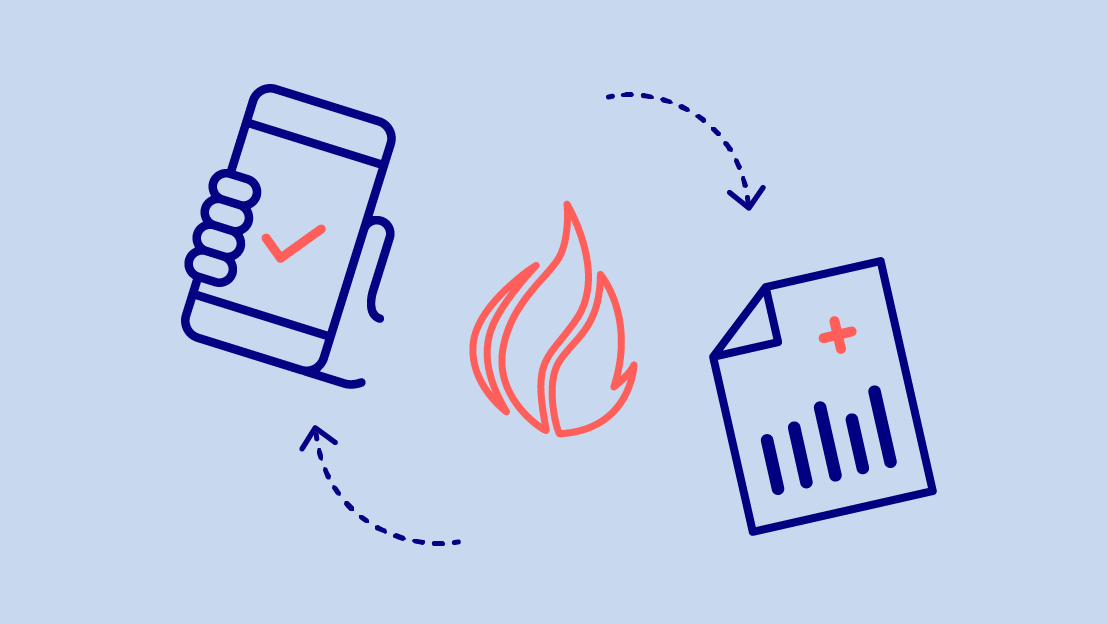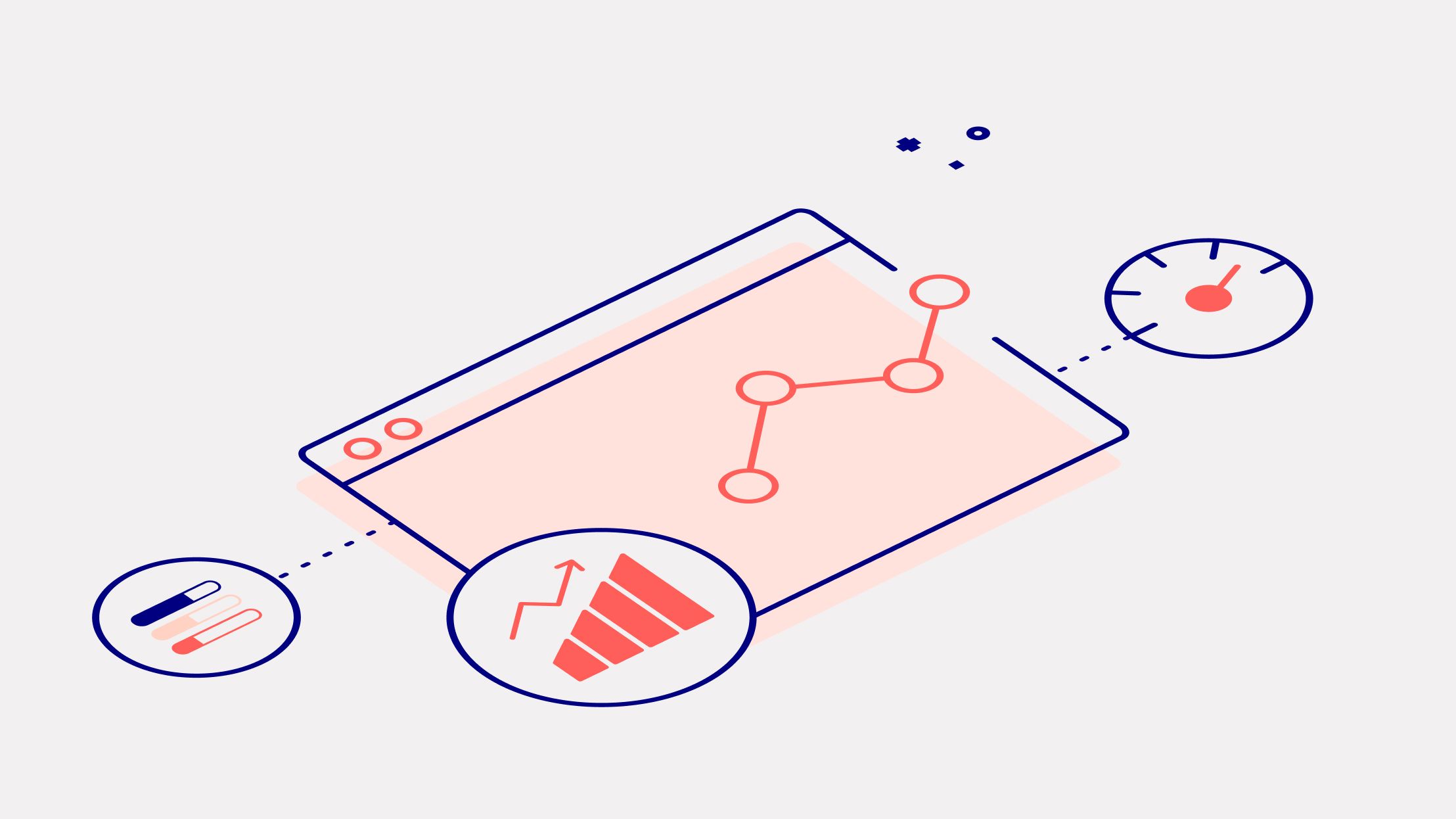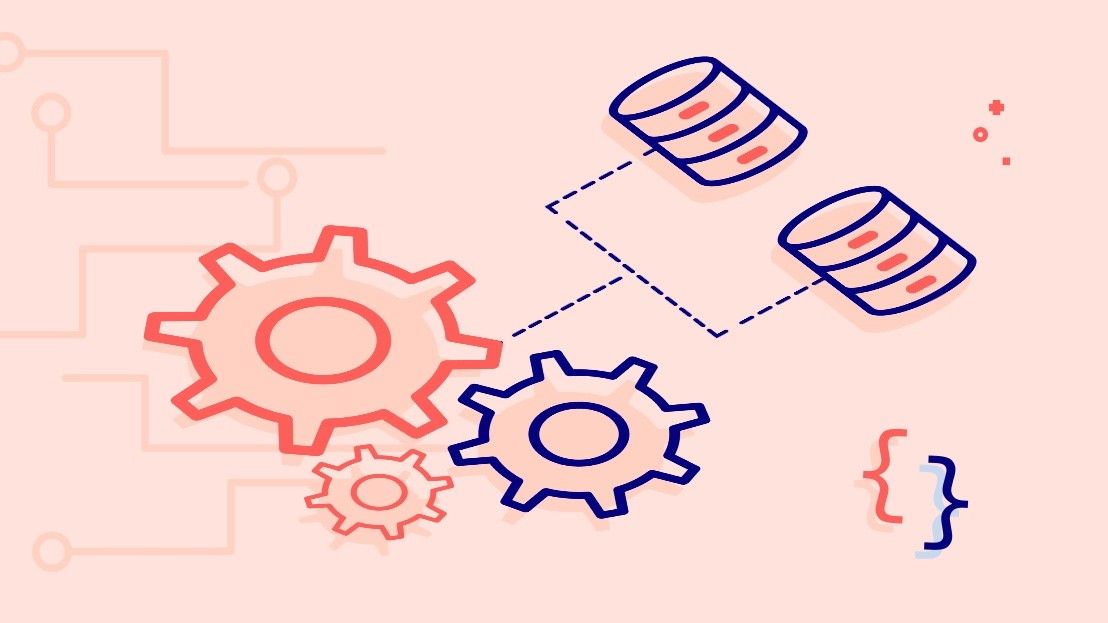
Making the CovApp questionnaire available as FHIR
Making the CovApp questionnaire available as FHIR
We’ve used the FHIR standard for healthcare data exchange within Data4Life from the very beginning. FHIR allows us to cleanly structure healthcare data in a lightweight manner that plays well with modern software technology.
The core purpose of FHIR is to allow easy and precise communication of healthcare data between systems – communication where nothing is lost and everything is understood by the receiver.
In the middle of a quickly developing health crisis like the COVID-19 pandemic, that aspect is more important than ever. Therefore, we have now brought FHIR to CovApp.
CovApp is a web app which can help users to better assess their medical condition, provide recommendations regarding doctor’s visits or coronavirus testing, and summarize relevant medical information for future doctor’s consultation.
Data4Life developed the app in cooperation with the Charité university hospital in Berlin, the Robert Koch-Institute, the Berlin Institute of Health, Bundesministerium für Gesundheit, and the Bundeszentrale für gesundheitliche Aufklärung.
We've just published a public FHIR R4 specification of the questionnaire behind the CovApp, and updated the app itself to enable the export of user answers as a FHIR resource – specifically, as a FHIR QuestionnaireResponse resource.
Data sharing requires cooperation
Understanding and defining how to best share data is, of course, a team sport. We were fortunate to be able to cooperate on the topic with some true FHIR experts, including Prof. Dr. Sylvia Thun and Julian Sass from the eHealth and Interoperability core unit at the Berlin Institute of Health, Patrick Werner from MOLIT Institute, and Dr. Kai Heitmann from hih – health innovation hub of the German Federal Ministry of Health.
The outcome of our joint efforts is a FHIR R4 implementation guide (IG) for the CovApp questionnaire. One can think of an implementation guide as an instruction manual for how to use FHIR to capture and encode both the questions we ask in the CovApp and the resulting answers.
Making data shareable with FHIR and standard codes
Writing the CovApp FHIR implementation guide went much further than just capturing the questions being asked. A crucial aspect was using standard medical codes to exactly capture both what we're asking, as well as what the answer means.
If, for instance, we merely note that we asked the questions "Wie ist Ihre aktuelle Wohnsituation?" and that the user answered "Ich wohne alleine", the data would be of little use to someone who doesn't know German (let alone to a computer).
But if we label the question with the seemingly cryptic code "71802-3" (meaning "Living situation") from the freely available LOINC (Logical Observation Identifiers Names and Codes) code system, and label the answer with the LOINC code "LA6255-9" ("Lives alone"). Then, anyone – including software systems – can look up the meaning of this piece of data.
In the same way, we employed the widely used SNOMED CT (Systematized Nomenclature of Medicine Clinical Terms) code system to label symptoms like headache or a sore throat. To ensure that the implementation guide can be freely used, we only used SNOMED codes from the SNOMED Global Patient Set (GPS), which is available free of charge.
With such codes in place, both the questionnaire and the data it collects can now be easily shared and widely understood - making the systems that use it interoperable.
The CovApp on FHIR
The open-source CovApp can now output the collected data in the FHIR format described in the implementation guide (specifically, in a FHIR data chunk known as a QuestionnaireResponse resource). You can read more about this in the technical documentation of the open-source CovApp.
Having the data as FHIR makes it possible to send the data (where appropriate) to any system with a FHIR R4 API that is a data exchange point for FHIR. Together with the FHIR definition of the questionnaire itself, the answer data can also be interpreted, shared, and transformed to allow research analysis.
Where to find the CovApp implementation guide
The CovApp implementation guide is publicly available on the Simplifier.net platform, a portal representing a FHIR registry.
 The Simplifier.net platform can be freely used, also independently of the CovApp (see the implementation guide for the standard disclaimers). As such, Simplifier.net is part of a much broader effort across the medical and health tech community to make capturing and sharing COVID-19 data easier.
The Simplifier.net platform can be freely used, also independently of the CovApp (see the implementation guide for the standard disclaimers). As such, Simplifier.net is part of a much broader effort across the medical and health tech community to make capturing and sharing COVID-19 data easier.
In Germany, the Health Innovation Hub is spearheading this work with the newly launched COCOS - Corona Component Standards platform. The platform provides a central point for finding and sharing data standards for COVID-19 data, helping eliminate double work and incompatible formats.
The CovApp implementation guide is one contribution to this platform as part of Data4Life's commitment to interoperability in healthcare.
Just as with the open-sourcing of the CovApp itself, we hope that the implementation guide will contribute to the fight against COVID-19 by letting others capture and share data for patient care and medical research.


